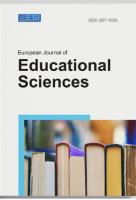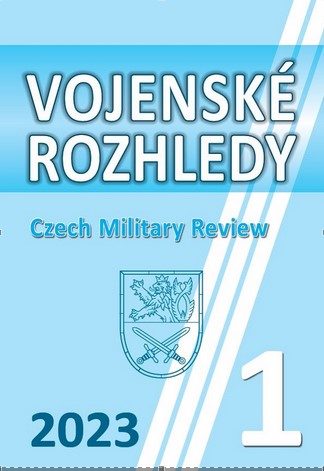
A forgotten shield boss from Brodno, Lower Silesia, Poland. A contribution to the study of Roman influences in ‘barbarian’ armament in the Roman period
A forgotten shield boss from Brodno, Lower Silesia, Poland. A contribution to the study of Roman influences in ‘barbarian’ armament in the Roman period
Keywords: shield boss; Roman period; armament; Przeworsk culture; Roman influence
In the National Archives in Wrocław, in the Department of the Province of Silesia are kept documents about the protection and conservation of historical monuments, and specifically information on archaeological finds from the areas around the town of Środa Śląska (German: Neumarkt). One of those artefacts was an iron shield boss of the Roman period, found at the cremation cemetery belonging to the Przeworsk Culture in Brodno, Lower Silesia. It is most probably of Scandinavian origin, and is closely related to the finds from Scandinavia and the Black Sea coast, but the form of the shield boss confirms the Roman inspiration behind ‘barbarian’ military equipment. Chronologically the boss from Brodno should be placed within phase C1b, i.e. roughly in the mid-3rd century A.D. The analogies from other sepulchral sites suggest that the boss might have been an element in the inventory of a well-equipped warrior, perhaps a member of a travelling band. The presence of such an artefact in a cemetery of the Przeworsk culture in the Oder river basin is proof of intense contacts between various communities which inhabited vast areas of “barbaric” Europe between the Baltic and the Black Sea at that time.
More...



